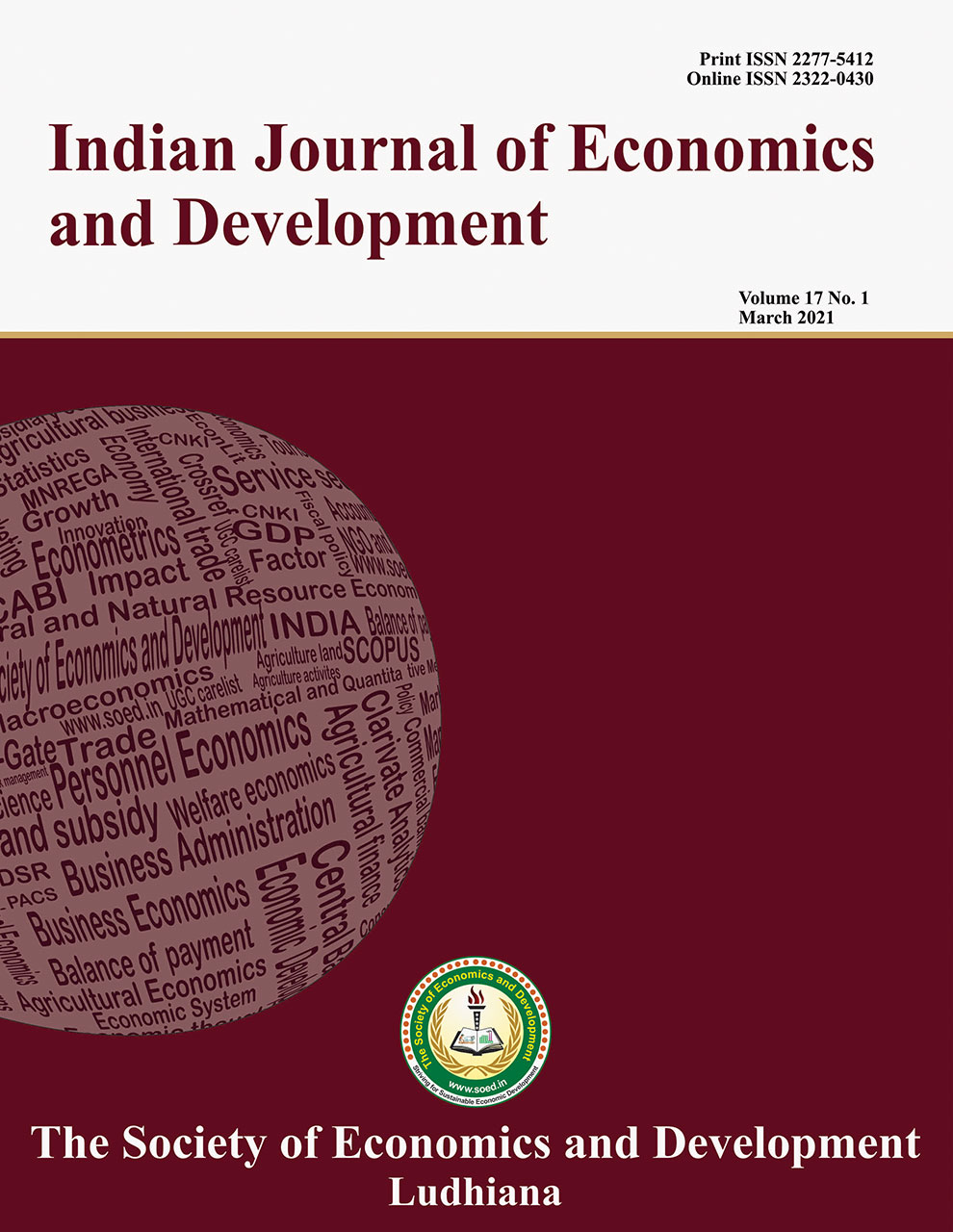External Commercial Borrowings by Indian Firms: A Blessing or Curse

Price: ₹ 500
Author: Pooja Misra, Jagadish Shettigar and Sahil Oberoi
Author Address: Associate Professor, Professor Emeritus, and 3Resaerch Scholar, Birla Institute of Management Technology, Greater Noida-201306 (Uttar Pradesh)
Keywords: External commercial borrowings, hedged borrowings, interest rate differential, firm
JEL Codes: E520, E43, G15.
Abstract
In the first half of FY19, ECBs touched a high of $25.17 billion in the April – September period, which was 53 per cent higher than the $16.48 billion raised by Indian entities in the same period last year; it was $42 billion for FY19. Taking Reliance Industries Limited (RIL) as a case point, the researchers analysed the advantages of borrowing by a firm through an ECB and its impact on the company's net profit and shareholder's returns vis-à-vis borrowing the same money through a premium domestic public sector bank. The analysis of the loan of $300 million (`13.8 billion) taken as an ECB against being borrowed domestically through a strong public sector bank showed that it was beneficial for the firm to borrow due to differential interest rates through an ECB. Thus, the rationale that interest rate differential between rates charged for ECB and borrowing within the domestic boundaries of a county influences ECBs and that firms should hedge a minimum specified percentage of their currency exposure while borrowing through ECBs holds true.
Description
Indian Journal of Economics and Development
Volume 18 No. 2, 2022, 488-494
DOI: https://doi.org/10.35716/IJED/20117
NAAS Score: 5.15 (2022)
Indexed in Clarivate Analytics (ESCI) of WoS
Indexed in Scopus (SJR: 0.18)
UGC Approved (UGC-Care List Group II)



